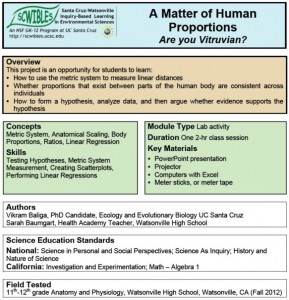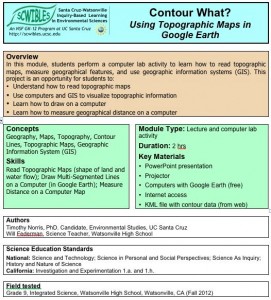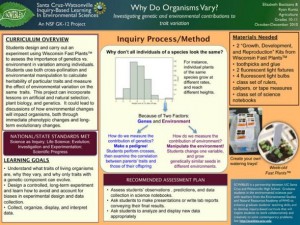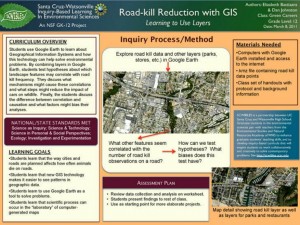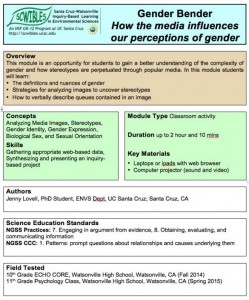 How the Media Influences Our Gender Perceptions
How the Media Influences Our Gender Perceptions
By Jenny Lovell
Gender is a relevant and contentious topic that is constantly reinforced through non-verbal queues in the media. LGBTQA (lesbian, gay, bisexual, transgender, queer, and questioning) issues are hotly debated in schools, courts, and public media venues. While most people think of gender as a simple binary (i.e. man or woman), gender is a complex and delicate continuum that includes many aspects that are not often discussed.
In this module, students will gain a better understanding of the complexity of gender and how stereotypes are perpetuated through popular media. By the end of the lesson students will learn: 1) The definitions and nuances of gender, 2) Strategies for analyzing images to uncover stereotypes and 3) How to verbally describe non-verbal queues contained in an image.
Docs: fulltext.docx intro.pdf activity.docx
Keywords: argument, communication, gender, image analysis, LGBTQA, media, patterns, stereotypes

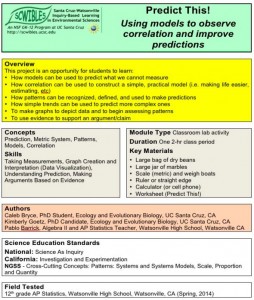
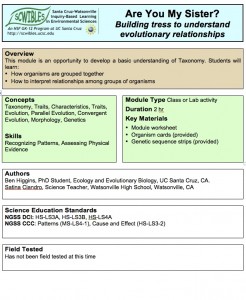
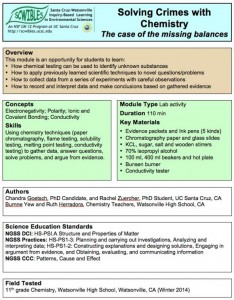
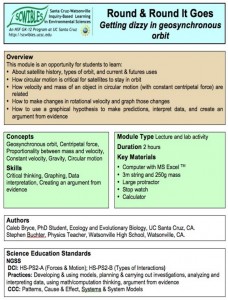
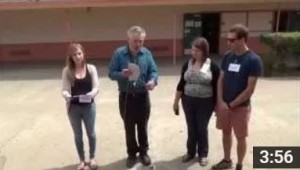
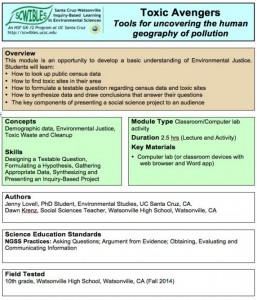 Tools for Uncovering the Human Geography of Pollution
Tools for Uncovering the Human Geography of Pollution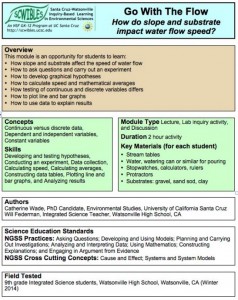 The Impact of Slope and Substrate on Water Flow Speed
The Impact of Slope and Substrate on Water Flow Speed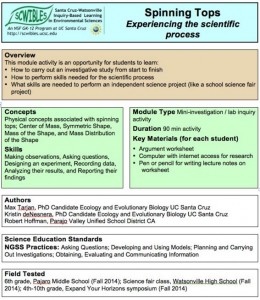
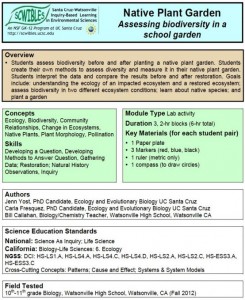 Assessing Biodiversity Using a School Garden
Assessing Biodiversity Using a School Garden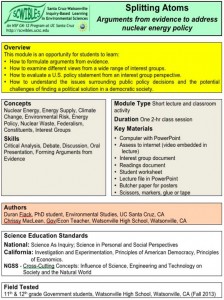 Arguments From Evidence to Address Nuclear Energy Policy
Arguments From Evidence to Address Nuclear Energy Policy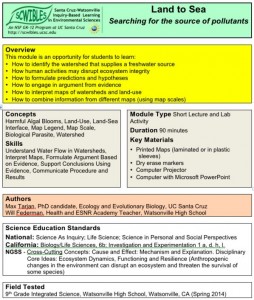
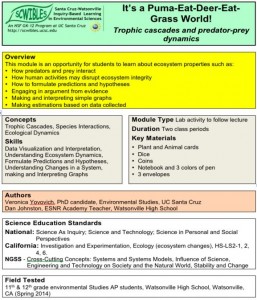
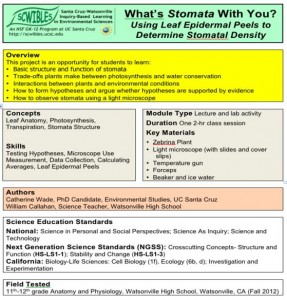 Using Leaf Epidermal Peels to Determine Stomatal Density
Using Leaf Epidermal Peels to Determine Stomatal Density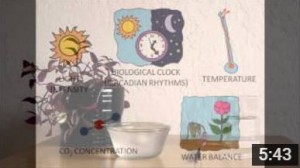
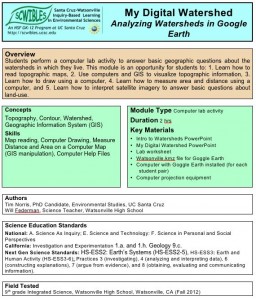
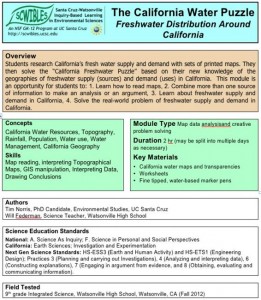 Freshwater Distribution Around California
Freshwater Distribution Around California